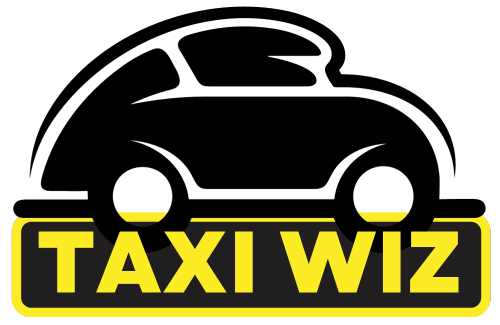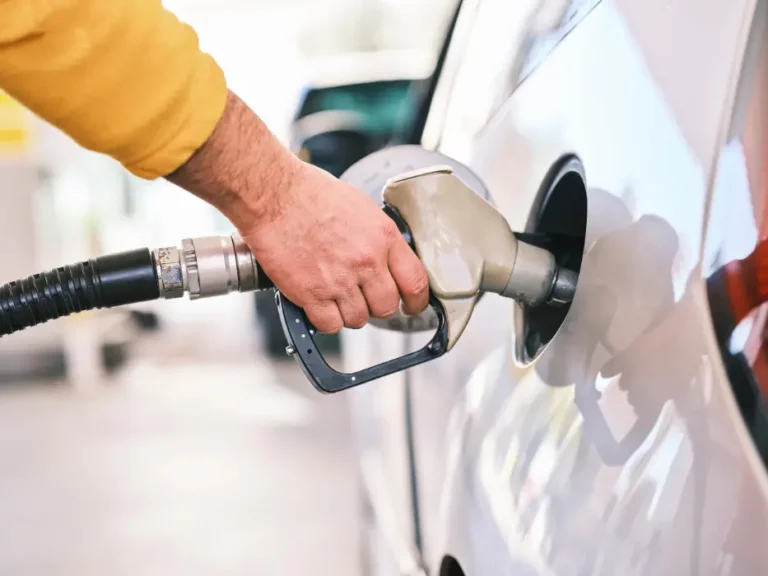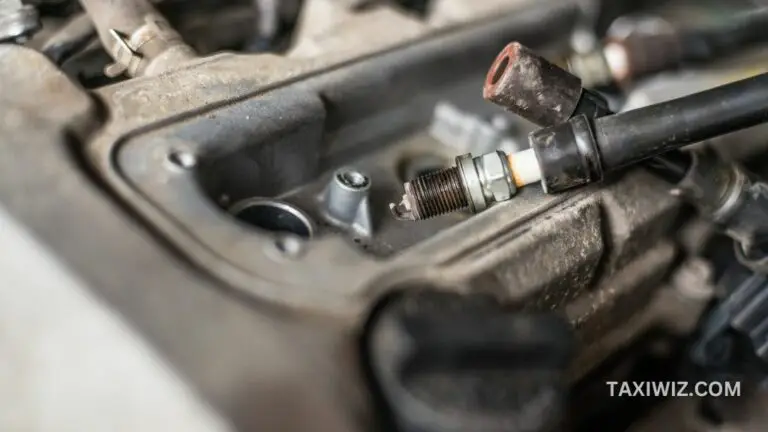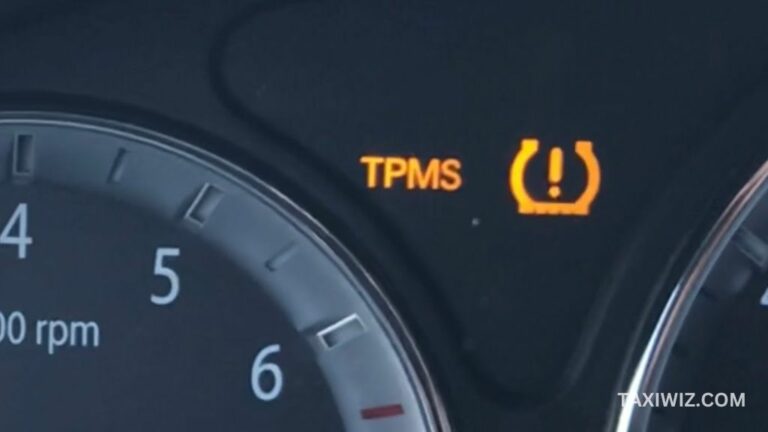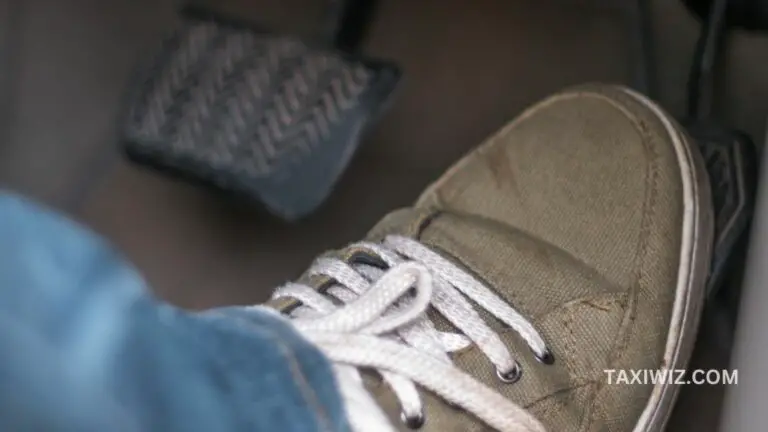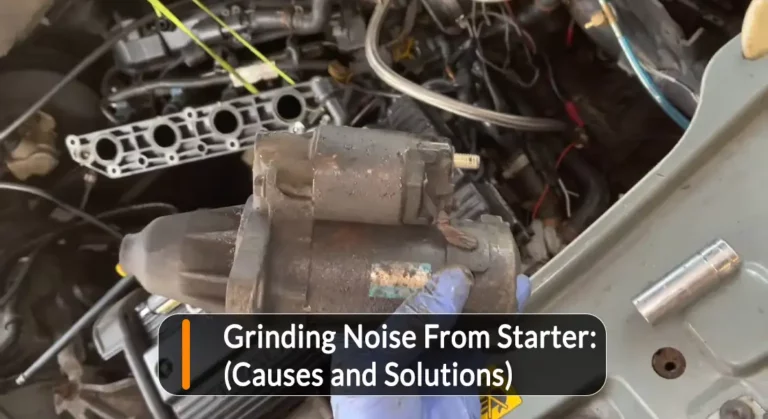Bad Alignment Noise in Your Car & How to Fix It
One of the most common issues drivers faces is bad alignment noise – ranging from annoying squeaks and rattles to unsettling vibrations. These noises not only diminish the driving experience but can also indicate underlying problems that require immediate attention.
Major causes of bad alignment noise in your car include:
- Damaged suspension components
- Bent rims and damaged wheels
- Uneven tire wear
- loose or worn-out bearings
- Uneven tire pressure
In this article, we will explore the common reasons behind wicked alignment noise in your car and provide practical solutions to help you fix them.
What are the Types of Alignment?
Wheels are aligned in many different ways and directions. Three of the most common alignments are:
1- Camber
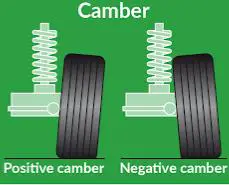
Camber is the tilt of the tire inward and outward. Depending on the tilt, camber can be positive or negative.
If the wheel leans away from the car, the car has a positive camber. A wheel that leans toward the car has a negative camber.
2. Toe
Toe alignment is the direction of the tires with the vehicle centerline when viewed from above.
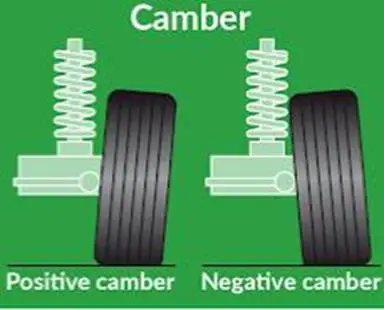
A positive toe or toe-in means the front of the wheel points toward the car’s center. In cases of the negative toe or toe out, the front wheel points out away from the center of the car.
3. Caster
The caster is the angle of the steering axis as it meets the wheel.
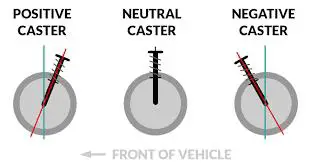
If the axis is leaning towards the back of the car, it’s a positive caster, while If it leans towards the front of the car, the caster is negative.
5 Most Common Causes of Bad Alignment Noise
1. Damaged Suspension Components
The suspension system is designed to stabilize the vehicle and absorb shock when driving.
Plenty of suspension components can wear down due to damage from pit holes, train tracks, and gravel. This can cause wheel alignment issues and produce noise.
For example, a bent or damaged control arm can cause the wheels to shift and affect the alignment, resulting in a clunking or rattling sound. A broken ball joint will result in a squeaking or creaking noise. Damaged shock absorbers can cause the car to bounce and produce a shaking sensation.
The Fix:
Check the suspension components, such as shocks, struts, ball joints, or tie rods, for damage and replace them with new ones.
2. Bentor Damaged Wheels
Hitting or driving over a large pit hole, a speed bump, or uneven roads can bend the rim and damage your wheels. Corroded rims fail to make a good seal with the tire, which leads to a flat tire.
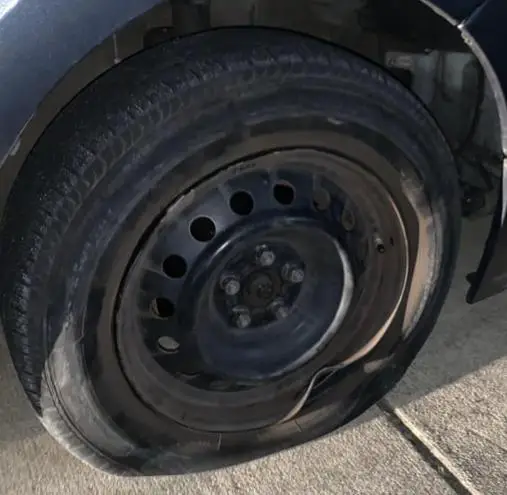
A bent wheel rim can get out of alignment with the other wheels of your car and cause the car to pull to one side, resulting in a grinding or scraping sound. Damaged rims also cause vibrations and buzzing noises.
The Fix:
It would be best if you replaced the damaged tires. However, you can restore your rim’s shape without removing the tire. Follow the steps below:
- First, let all the air out of the tire.
- Then, place one end of the wood block on the rim.
- After that, beat the other end of the wood block with the 5-pound hammer until the bent rim straightens.
- Finally, Air up the tire to spec and check for bulges.
3. Uneven Tire Wear
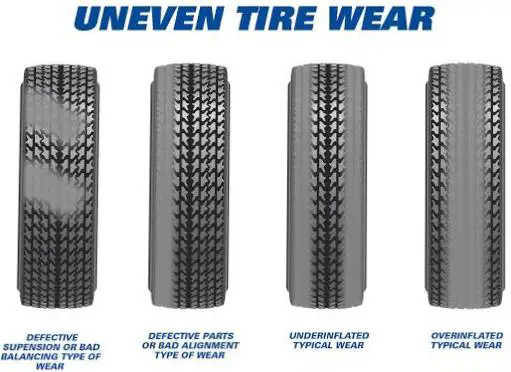
A significant amount of noise and vibration can result from an uneven wear pattern. This can be in the form of inner-edge tire wear, outer-edge tire wear, center wear, toe wear, or feathered edge wear. An uneven tire rotation, particularly at higher speeds, causes a thumping or rumbling sound.
The Fix:
You can’t replace the rubber on the tire that strips away. So, practically, fixing uneven wear on the tire is impossible. Although you can prevent it from getting worse, a severely uneven tire must be replaced.
4. Uneven Tire Pressure
When the air is lower on one side, the height of the tire changes, which changes how the tires are aligned. Misaligned tires result in a squealing or screeching sound.
An underinflated tire will have increased rolling resistance, which will cause a car to pull to one side. This will show wear on the outer edges.
If the tire is overinflated, it will cause the vehicle to push away from that tire. This will show wear down the center of the tire.
The Fix:
Inflate all tires to their proper specifications, usually found on the driver’s side door jam. Use an air pressure gauge to check the air pressure in all four tires.
5. Loose or Worn- out Bearing
A loose or worn-out bearing fails to hold the rotating component in its correct position, resulting in misalignment. Some of the most common noises that a loose or worn-out bearing can cause include humming, rumbling, and clicking. The noise can become louder as you accelerate.
The Fix:
A worn-out bearing must be replaced. Follow the steps below to fix a worn or loose bearing:
- Raise the car and support it on jack stands
- Remove the wheel and brake rotor
- Remove the bearing assembly
- Clean the bearing races and replace the bearing assembly
- Install the brake rotor and the wheel
- Lower your car
Frequently Asked Questions (FAQs)
1. Does bad alignment make noise?
Yes. A bad wheel alignment makes squeaking, squealing, creaking, or knocking sounds from under the car. The type of sound will depend on the cause of the bad alignment.
2. Does bad alignment affect mileage?
Yes. When your wheels are not properly aligned, there’s more rolling resistance or friction, which may decrease fuel efficiency.
3. How can I determine if my vehicle is misaligned?
Some of the major symptoms that your vehicle is misaligned include:
Tires wear unevenly or quickly
steering wheel off-center while driving straight
Unusual sounds coming from the steering
Car pulling to one side
Tires squealing
4. Can I drive With Wheel Bearing Noise?
Driving with wheel bearing noise can lead to a loss of control and dangerous situations on the road. Ignoring wheel bearing noise can cause significant damage to your vehicle, which leads to costly repairs.
5. Does misalignment affect tire condition and longevity?
Yes. Driving a vehicle with improper wheel alignment can lead to uneven tire wear. Pay attention to addressing this issue promptly to avoid premature tire deterioration.
6. What is the price range for a wheel alignment service?
A full-wheel alignment service ranges from $50 to $168. However, the actual price may differ based on the service provider and the type of alignment needed.
